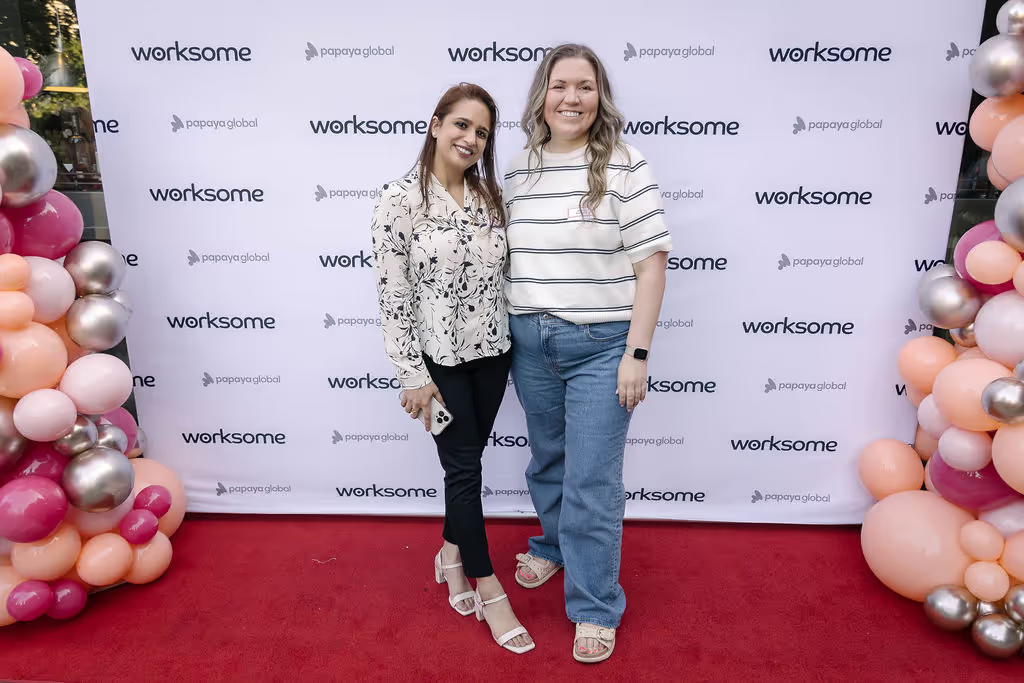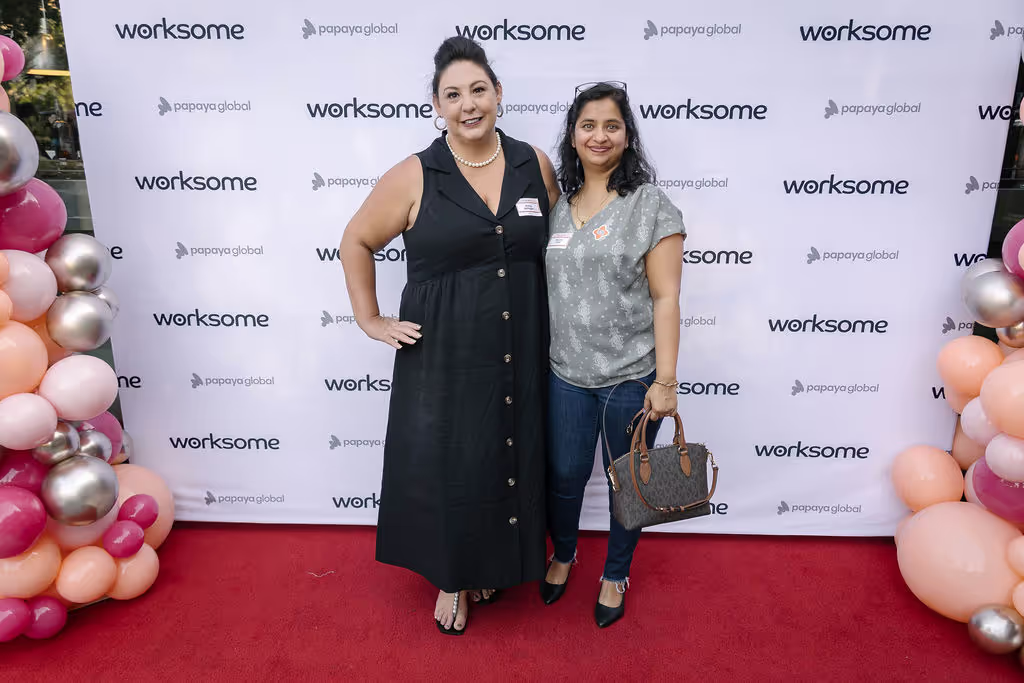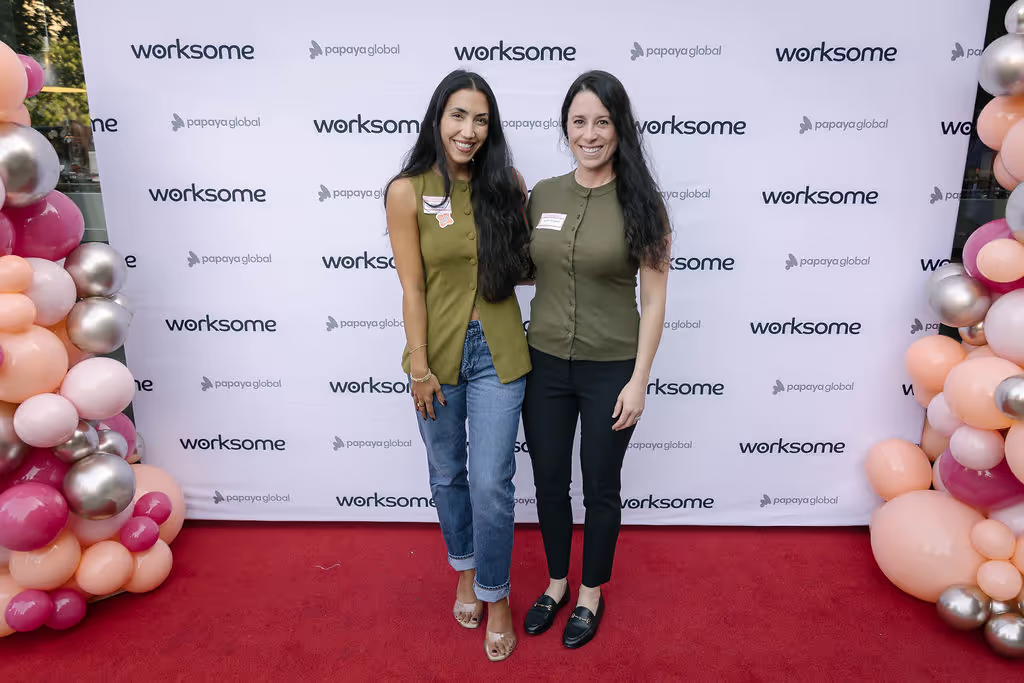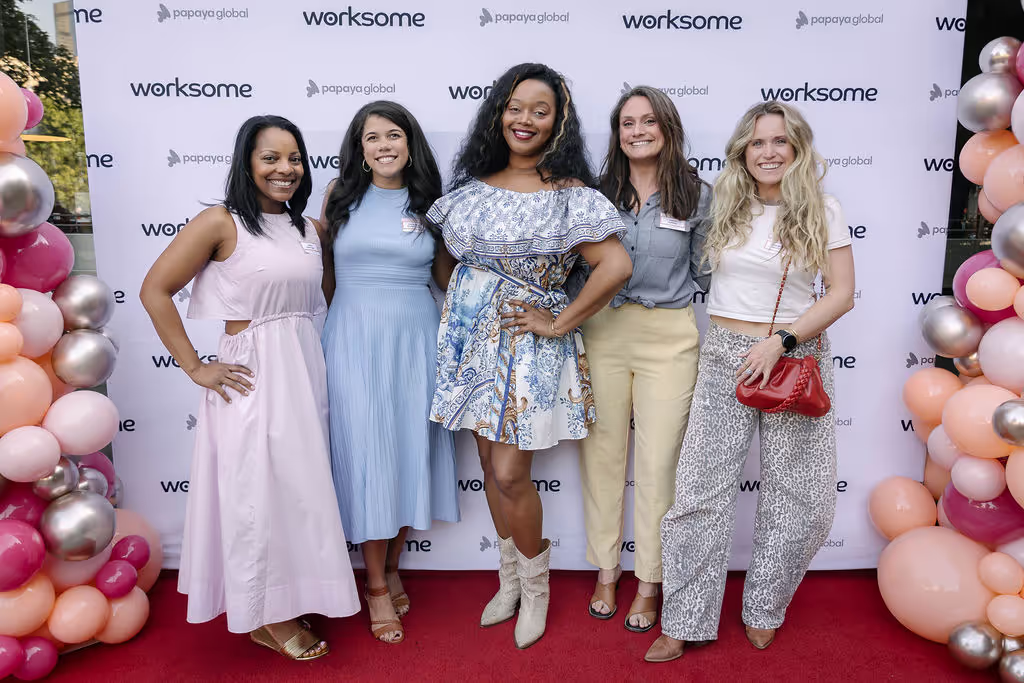[vc_row][vc_column][vc_column_text]The way work we work is changing. Take a look at these 5 workforce development trends to learn how.It might not come as a surprise to you that much of the workforce development trends we see right now are driven by technology.This might either excite or worry you slightly. We like technology when it makes our lives easier and more entertaining. But on the flip side, we wonder what too much technology could do to society. Earlier this year, Gallup found that nearly 8/10 Americans believe AI will destroy more jobs than it creates over the next decade.McKinsey estimates that by 2030, 75 million to 375 million workers (3 to 14 % of the global workforce) will need to switch occupational categories.However, the consulting agency also asserts, that AI will be great for work as well, as it’ll generate significant benefits for users, businesses, and economies, lifting productivity and economic growth. Even as AI causes some jobs to be lost, it will also create new occupations that do not exist today - much as technologies of the past have done.How to make sense of it all? Here’s what you should be telling the future generations about the future of work and why:
1. ROBOTS (PROBABLY) AREN’T TAKING OVER THE WORLD
At the World Economic Forum meeting Davos in 2017, the metaphor most commonly used for AI was the Terminator: A scary and all too powerful robot capable of not only doing your job, but also of starting a global robot revolution.However, in 2018, the Iron Man was the term coined to the workforce development trends. The Iron Man comes with a very different connotation: That technology will enrich our lives, not destroy them. First, because past technological revolutions, from the automobile to the computer, have ended up creating more jobs than they have destroyed. And secondly, because technology still has a long way to go before it’s at the level of a Terminator scenario.Yann LeCun, who heads AI research at Facebook, says: “In particular areas, machines have superhuman performance”. Also adding: “But in terms of general intelligence we’re not even close to a rat.”More importantly, while it’s important to be conscious of the potential powers of technology, the truth is that the prospect of automation creating serious joblessness is only one of multiple plausible scenarios.
2. YOU’LL HAVE TO LEARN NEW SKILLS CONTINUOUSLY
Skills are changing faster than traditional education is keeping up. While some leading universities now offer courses on the freelance economy or new technologies, it’s far from being the norm. The majority of schools aren’t adapting quickly enough to the change, leaving their students unprepared for the job market.According to the World Economic Forum, some studies suggest that 65% of children entering primary school today will have jobs that do not even exist - and for which their education will fail to prepare them.In practical terms, these workforce development trends require that the next generation, and even our own, think of education as a lifelong pursuit. That means they have to be constantly learning throughout their careers to remain relevant.
3. FOCUS ON SOCIAL SKILLS
McKinsey estimates that in the next 10 to 15 years, some 75 million workers will need to switch occupational categories. The most vulnerable groups are people doing routinized manual labour in a predictable setting. So how do you ensure that you’re equipping yourself with the right skills?Sure, hard skills like programming, data analysis, engineering, and math are important, but don’t worry if you’re not born a techy. In fact, the World Economic Forum’s “Future of Jobs” report finds that technical skills won’t be enough in the future. Social skills, such as persuasion, emotional intelligence and teaching others, will be in higher demand across industries than narrow technical skills. Just think about how widely applicable sociale skills are. They’re needed in leadership roles, customer service roles, care-taking roles, and in many, many other roles across different industries.This is an important learning about the current workforce development trends: Technical skills will need to be supplemented with strong social and collaboration skills. Check out our blogpost on How companies can adapt to the future of work.
4. YOU CAN BE YOUR OWN BOSS
Right now, a little over half of the working-age population worldwide are traditional full time employees. But that’s changing. One of the biggest workforce development trends is the boom of the freelance economy. Thanks to to technology, it has never been easier to be your own boss.And as work becomes more digitized, it’s also becoming less tied to geography. Developers, UX designers, or copywriters, don’t need to be locked to a desk at the corporate headquarters from 9-5 to find meaningful work and earn a living. They can do their jobs anywhere.And as work becomes less tied to geography, digital platforms, like Worksome, which connects highly skilled freelancers and consultants with work – increasingly offers people a chance to be their own bosses. Check out why The future of work is flexibility in our blogpost here.
5. THE FUTURE IS UP TO YOU
Despite all of the worry about the workforce development trends, no one can truly predict the future. A World Economic Forum study highlighted that other factors will also change the way we work, such as our education systems and immigration policies, which are both within our control.After all, we humans make the machines. We create the schools our children attend and we write the curricula they’re being exposed to. It’s up to us how we create talent and work is transformed.The future isn’t written in stone. We determine it. We change it. It’s ours to shape – and that gives me hope.



































